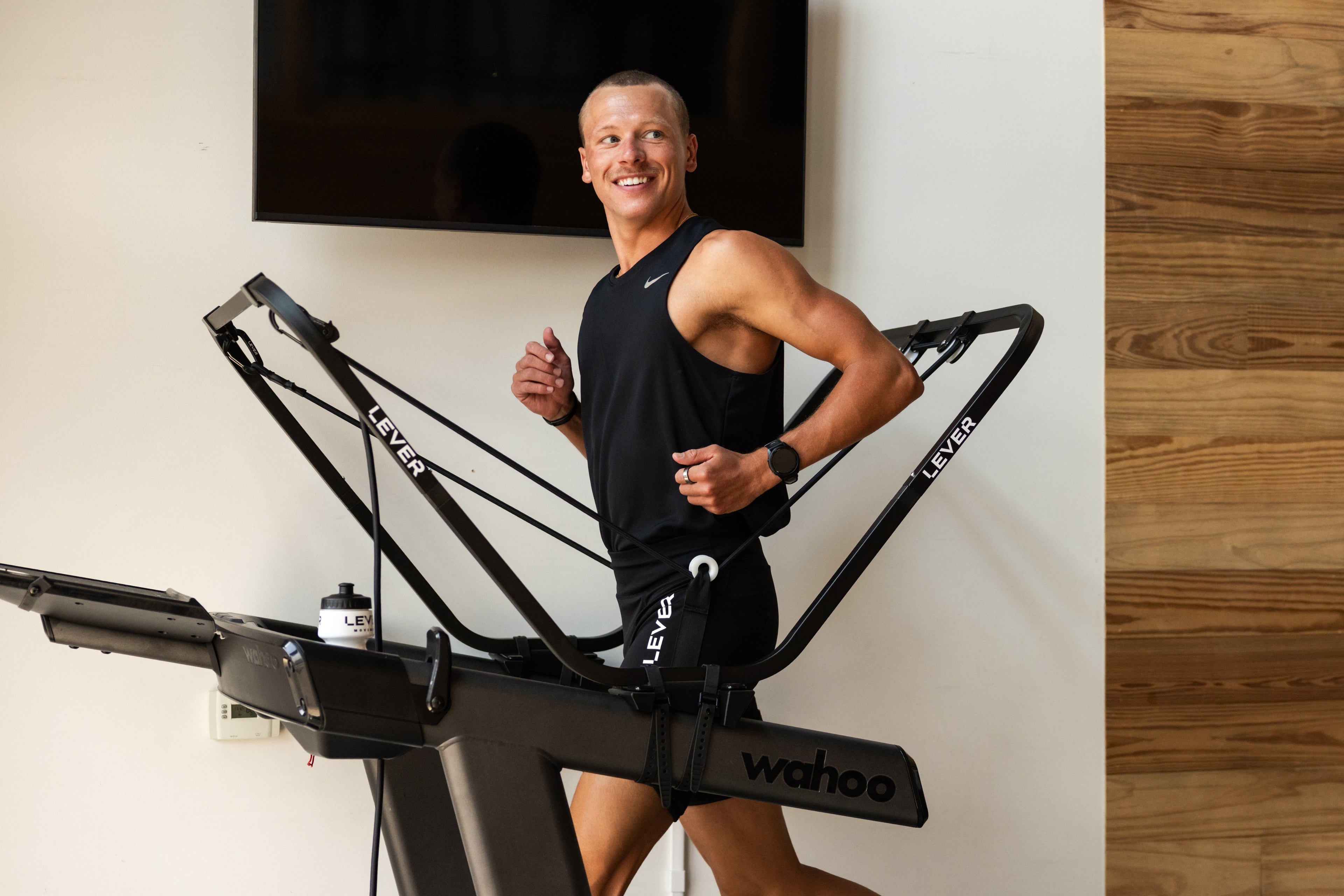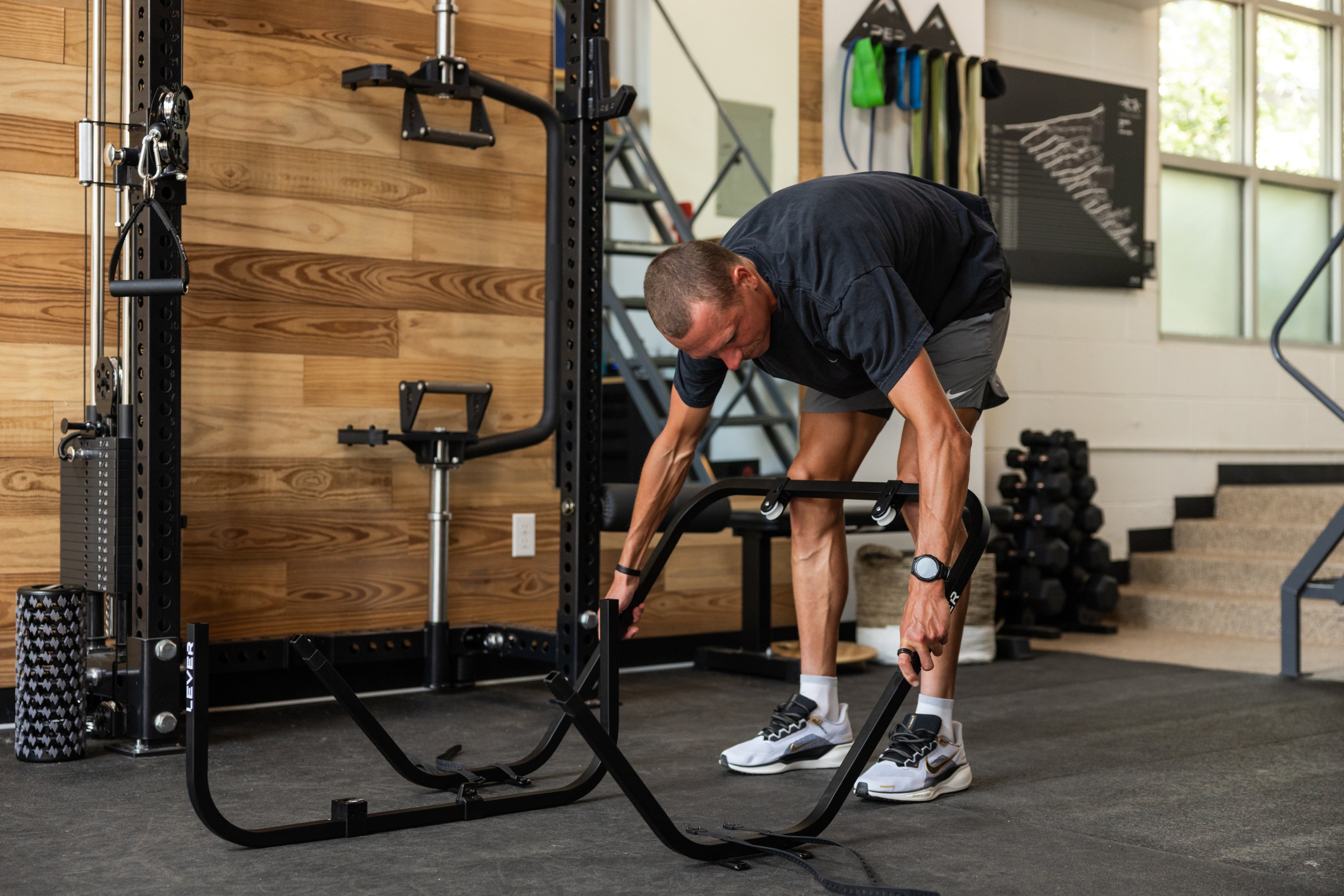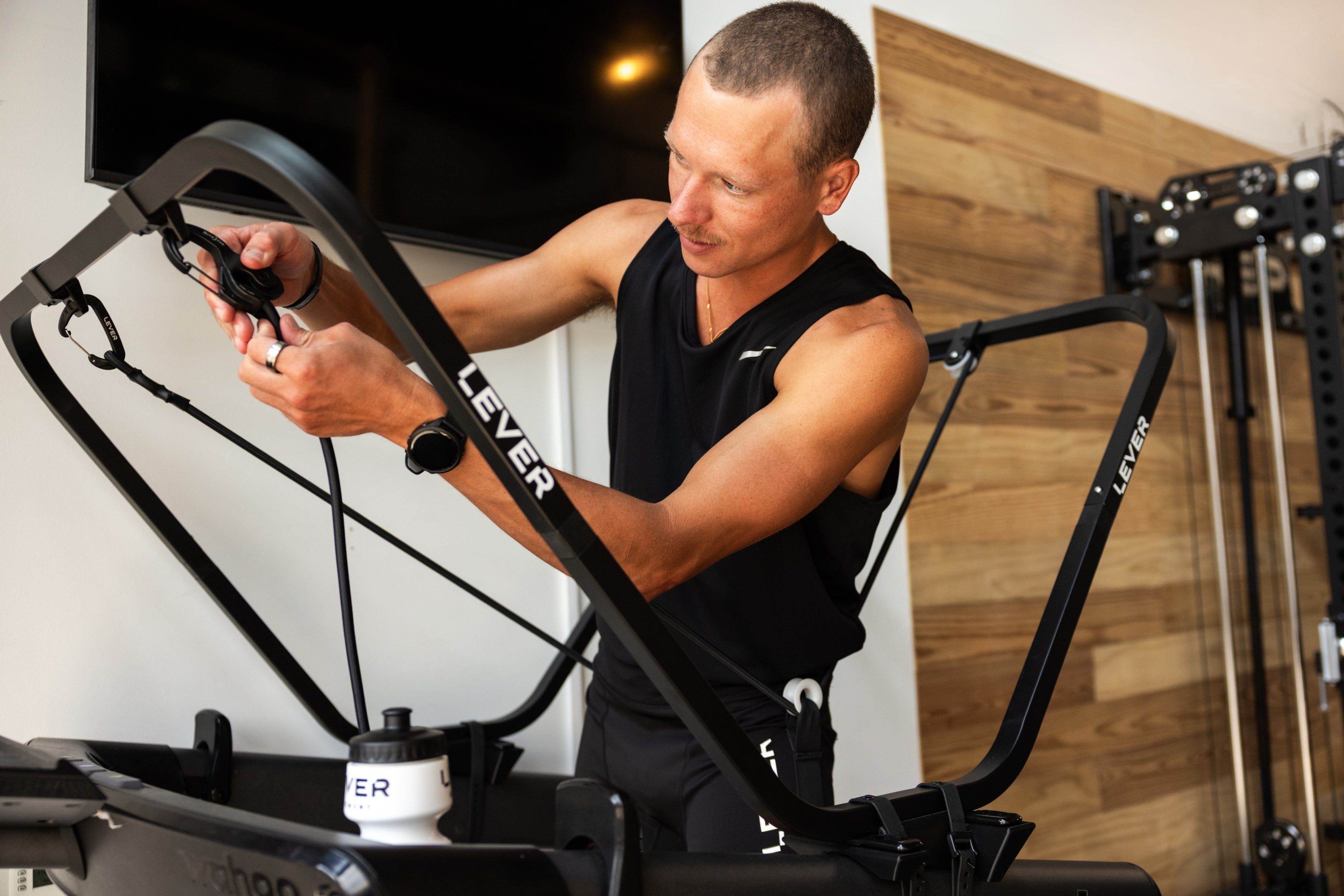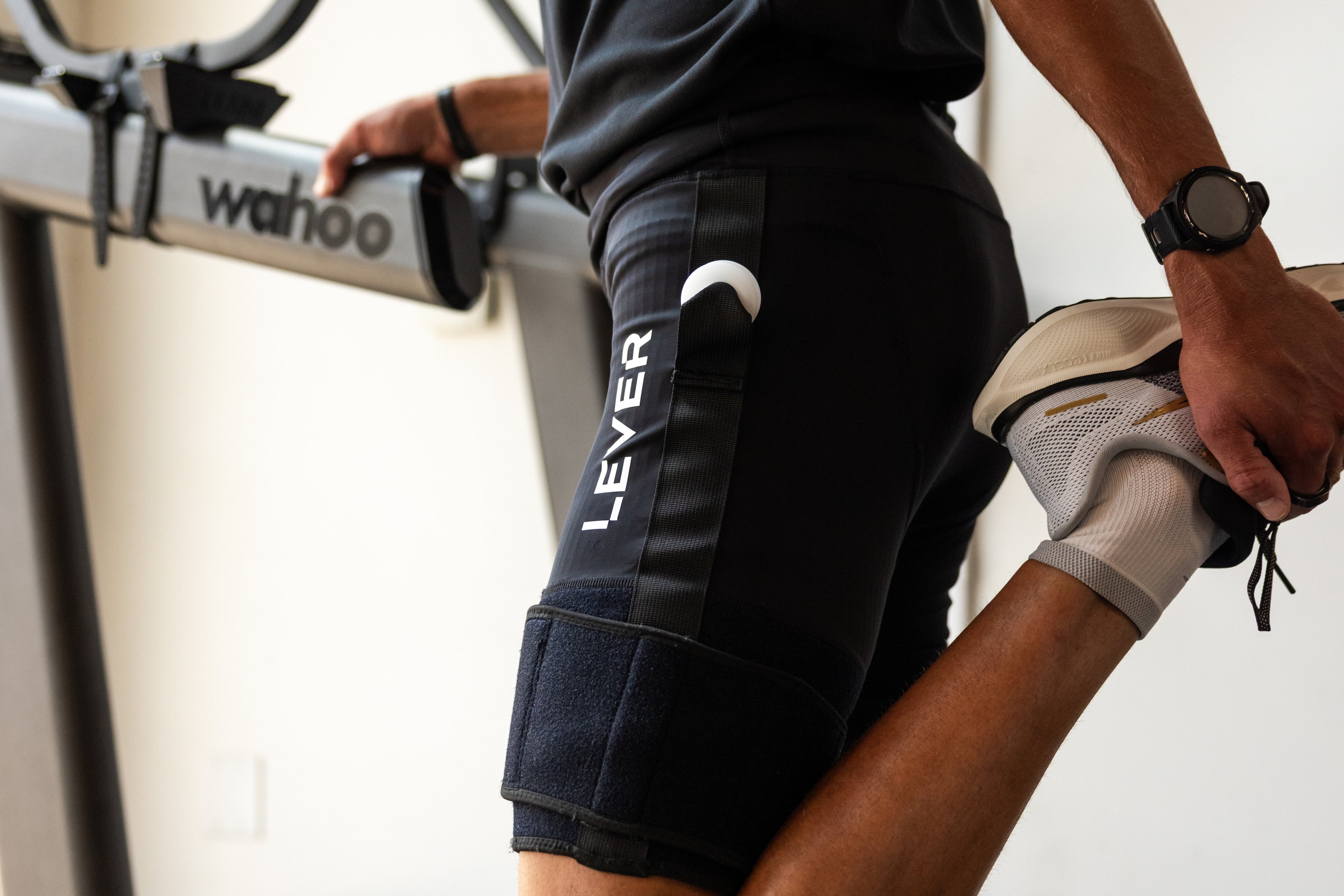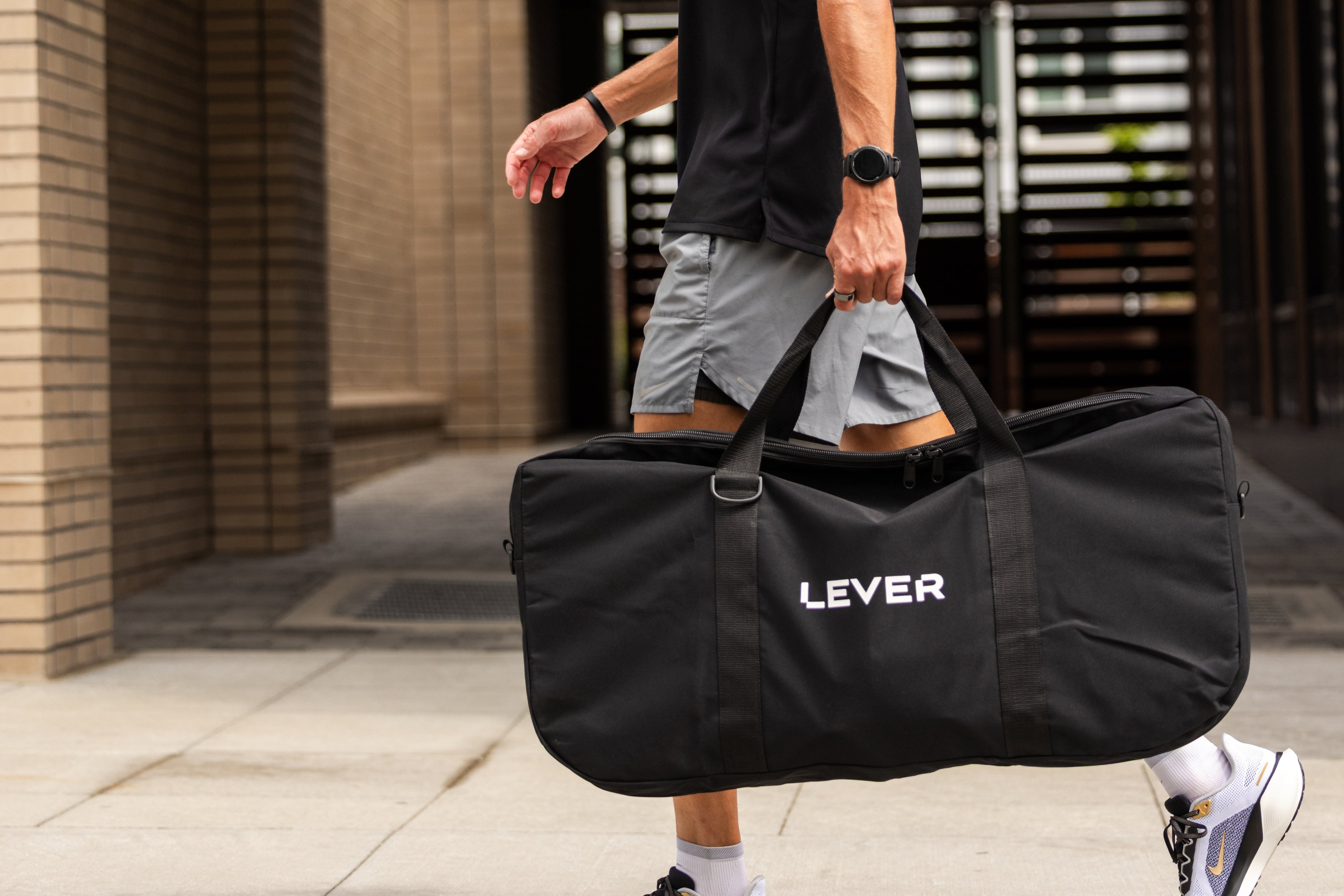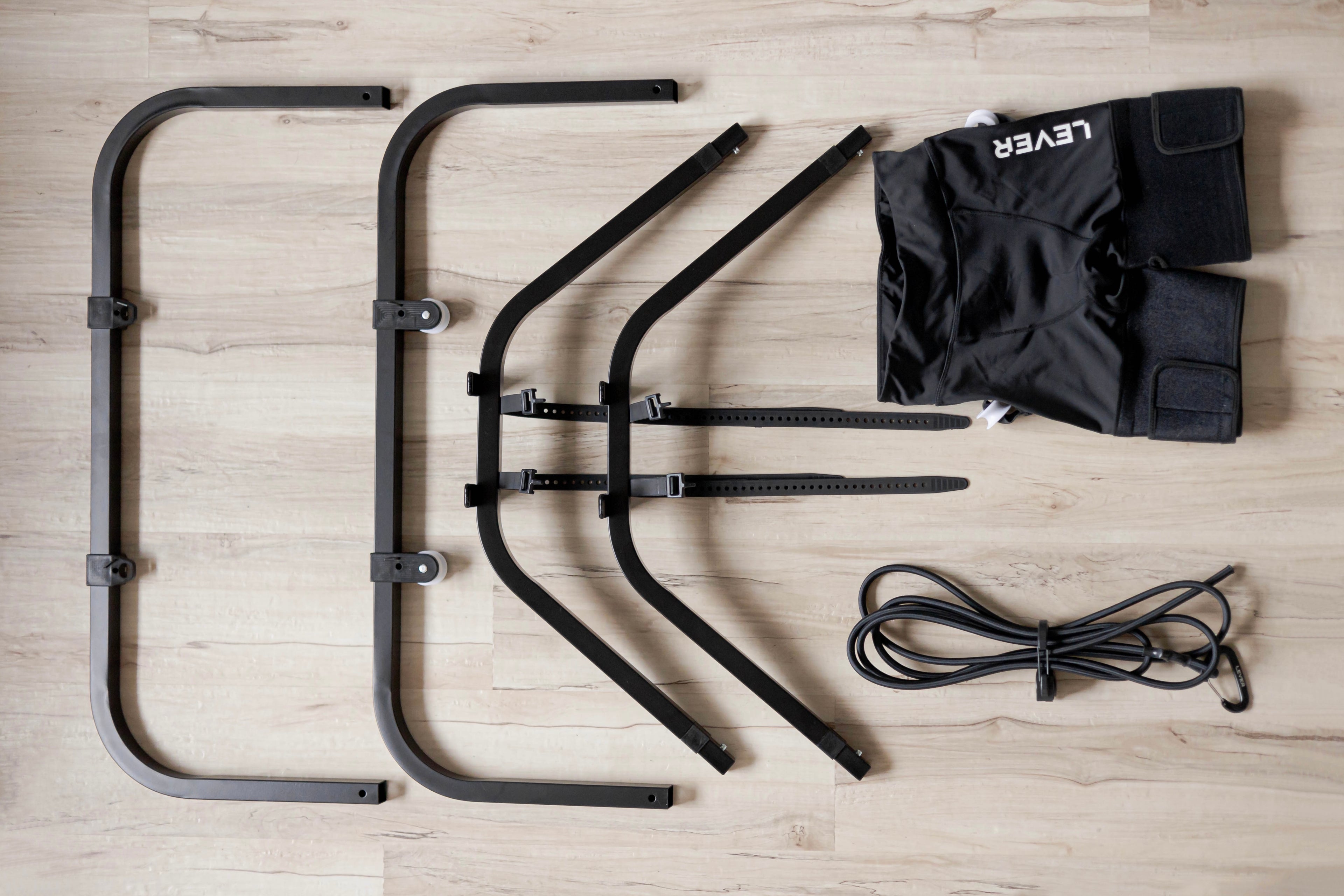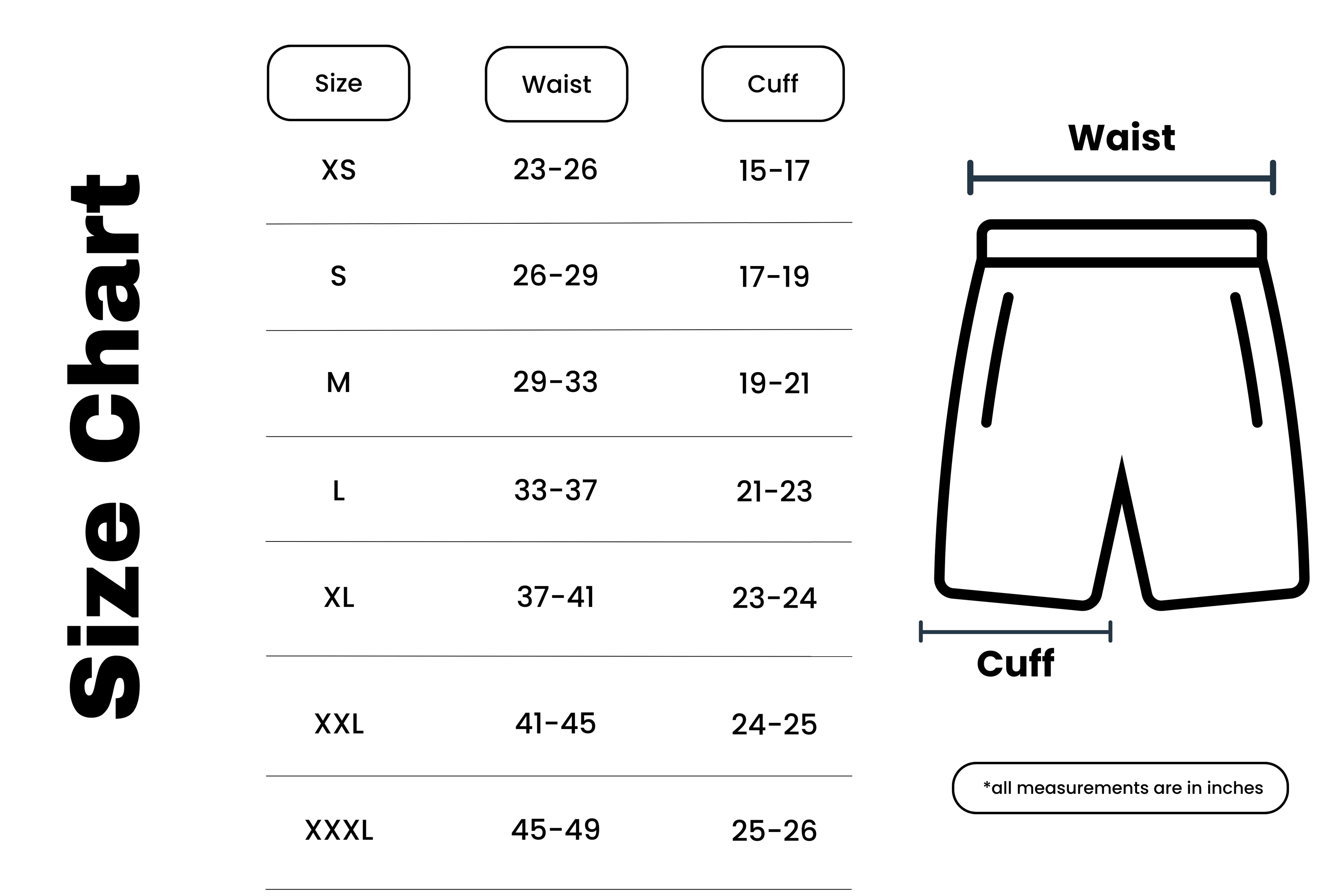Easy runs are the cornerstone of any training plan, serving a dual purpose of building endurance while promoting recovery. Yet, finding the perfect pace for these runs can often be challenging. It's not about how fast you go (while saying "it feels easy") but ensuring the run serves its purpose—recovery and aerobic conditioning. Here's how to dial in your perfect easy run pace, inspired by the experiences of seasoned athletes and the innovative use of training tools like the LEVER system.
The Importance of Easy Runs
Before diving into how to find your pace, it's crucial to understand the value of easy runs. They are designed to build your aerobic base—the foundation of your running performance. These runs enhance your body's ability to utilize oxygen and fuel your muscles more efficiently. Additionally, they facilitate recovery by increasing blood flow to your muscles, helping to flush out toxins and repair the micro-damage caused by hard workouts. An article by Runner's World states that 80-90% of your weekly mileage should be at this "easy" pace. So that clearly begs the question, what is the optimal easy pace for me?

Identifying Your Easy Run Pace
A good easy run pace is typically around 60-70% of your maximum heart rate or about 1:30 to 2:00 minutes slower per mile than your marathon race pace. However, this is not a one-size-fits-all formula. Your easy pace should be adaptive, based on how you feel on any given day. It's a pace at which you can comfortably maintain a conversation without getting winded. If you find yourself struggling to speak in complete sentences, you're likely going too fast.
Learning from the Pros
Incorporating insights from professional runners and coaches can provide valuable perspective on managing your easy run pace. For instance, Becki Spellman, an elite runner and coach, emphasizes the significance of listening to your body and adjusting your pace accordingly. After experiencing challenges with injuries, Becki successfully incorporated the LEVER system into her training regimen. This approach allowed her to maintain proper running mechanics while minimizing stress on her body, especially following hard sessions or during recovery phases. Completing her easy runs on LEVER at a reduced body weight while coming back from an injury was an excellent way to reduce her risk of re-injury and to increase her mileage gradually.

Utilizing Training Tools
Unloading tools, like the LEVER system, can play a crucial role in managing the intensity of your runs. Running at a reduced body weight allows athletes to focus on recovery and form without the added strain on their bodies. For these body weight supported runs, it's very important to measure your intensity based on your heart rate vs. your pace. In a research study we completed with the University of Memphis, researchers found that reducing 10% of your body weight allowed you to run roughly 30 seconds per mile faster at the same heart rate. To make this point clear, if your outdoor easy pace is 8:00 min/mile and 140 bpm, you can run with LEVER at that same heart rate at 90% body weight and at 7:30 min/mile pace. Being able to recover at a faster turnover will translate that turnover to the outdoors!
Pro tip: our customers like using LEVER for easy days before hard workouts and long runs, or after these quality sessions. If you're a higher mileage runner, implementing LEVER for your double runs is also a great option! Focus on getting quality turnover on your easy days at a reduced body weight to enhance your recovery!
The Bottom Line
Finding your perfect easy run pace is about tuning into your body and allowing yourself the grace to adapt based on your current fitness level, how you feel, and the specific demands of your training plan. Remember, the goal of an easy run is not to push the pace but to build endurance and facilitate recovery. By approaching your easy runs with this mindset and leveraging tools like the LEVER system, you can ensure that your training continues to move you toward your goals, injury-free and with a solid aerobic foundation.
In summary, let your easy runs be easy. Embrace them as an opportunity to enjoy the run, recover, and prepare your body and mind for the harder training sessions ahead.











